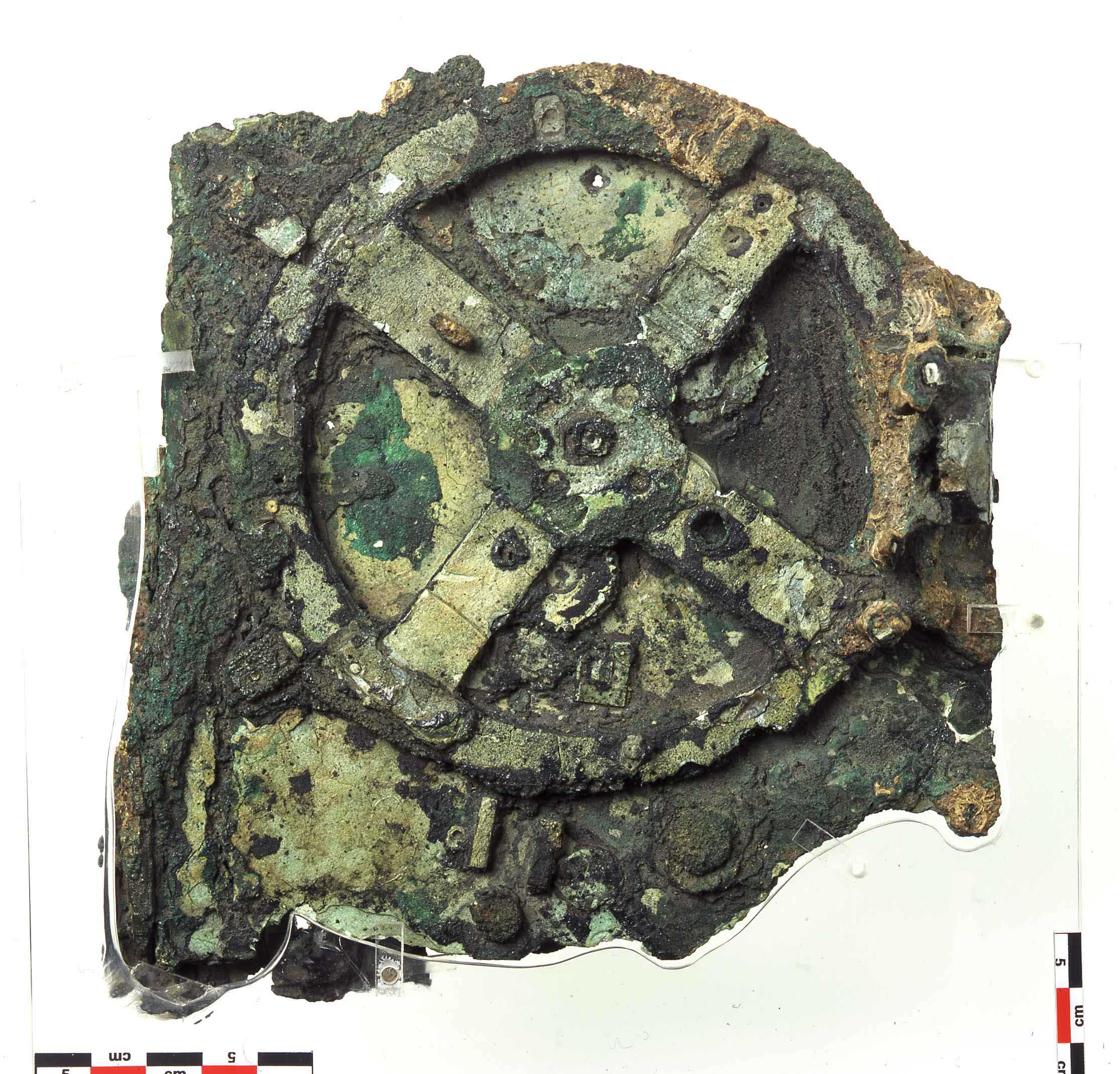Special Guest Plenary Talk - The Antikythera Mechanism
The Antikythera Mechanism: Decoding an astonishing 2000 years old astronomical computer
by John H. Seiradakis, Professor Emeritus, Aristotle University


This lecture attempts to explain the functional details, the operation and the purpose of use of an ancient astronomical mechanism, built about 2000 ago.
The Antikythera Mechanism was found by chance, in April 1900, in a shipwreck, close to the small Greek island of Antikythera, by sponge divers. The shipwreck was dated between 86 and 67 BCE (coins from Pergamon). Later the Mechanism was stylistically dated, around the second half of the 2nd century B.C. (200 – 100 BCE).
It was a portable (laptop-size), calculating machine, using gears to make multiplications, divisions and more complicated operations. It calculated and displayed, with good precision, the movement of the Sun and the Moon on the sky and the phase of the Moon for a given epoch. It could also calculate the dates of the four-year cycle of the Olympic Games and predict eclipses!
Its 30, precisely cut, gears were driven by a manifold, with which the user could select, with the help of a pointer, any particular epoch. While doing so, several pointers were synchronously driven by the gears, to show the above mentioned celestial phenomena on several accurately marked spiral dials. It contained an extensive user’s manual.
The exact function of the gears has finally been decoded and a large portion of the manual has been read after 2000 years by a major new investigation, using state of the art equipment.
New results concerning the construction of the spirals and the pointers will be presented and the ability of ancient Greeks to use hard metals and cutting tools will be examined.

John Seiradakis is Professor Emeritus at the Aristotle University of Thessaloniki. He received his BSc in Physics from the University of Athens and completed his M.Sc. and Ph.D. in Astronomy at the University of Manchester, UK. He has worked as postdoc researcher in Germany and the US.
His major scientific interests in Astronomy, focus on neutron stars, neutral hydrogen in nearby galaxies, the galactic centre, flare stars, the Sun, the Moon and Archaeoastronomy. He has written three course books and has published more than 100 articles in refereed (mainly) and other scientific journals, volumes or conference proceedings.
He has represented Greece in large European networks (OPTICON, ILIAS, CRAF, etc.) and in international resolutions. He has served as Member, Chairman or Director in several national or international scientific Committees or Organizations, including the Greek National Committee for Astronomy and the Hellenic Astronomical Society.
In December 2005, the highest EU prize “Descartes” was awarded to the neutron stars research network, PULSE, in which he is a founding member.
He is a member of the Antikythera Mechanism Research Group. Since 2007,
he has co-authored several publications on this ancient calculator and given more than 200 lectures, public or scientific, in Greece and around the world for the Antikythera Mechanism.
by John H. Seiradakis, Professor Emeritus, Aristotle University
This lecture attempts to explain the functional details, the operation and the purpose of use of an ancient astronomical mechanism, built about 2000 ago.
The Antikythera Mechanism was found by chance, in April 1900, in a shipwreck, close to the small Greek island of Antikythera, by sponge divers. The shipwreck was dated between 86 and 67 BCE (coins from Pergamon). Later the Mechanism was stylistically dated, around the second half of the 2nd century B.C. (200 – 100 BCE).
It was a portable (laptop-size), calculating machine, using gears to make multiplications, divisions and more complicated operations. It calculated and displayed, with good precision, the movement of the Sun and the Moon on the sky and the phase of the Moon for a given epoch. It could also calculate the dates of the four-year cycle of the Olympic Games and predict eclipses!
Its 30, precisely cut, gears were driven by a manifold, with which the user could select, with the help of a pointer, any particular epoch. While doing so, several pointers were synchronously driven by the gears, to show the above mentioned celestial phenomena on several accurately marked spiral dials. It contained an extensive user’s manual.
The exact function of the gears has finally been decoded and a large portion of the manual has been read after 2000 years by a major new investigation, using state of the art equipment.
New results concerning the construction of the spirals and the pointers will be presented and the ability of ancient Greeks to use hard metals and cutting tools will be examined.
John Seiradakis is Professor Emeritus at the Aristotle University of Thessaloniki. He received his BSc in Physics from the University of Athens and completed his M.Sc. and Ph.D. in Astronomy at the University of Manchester, UK. He has worked as postdoc researcher in Germany and the US.
His major scientific interests in Astronomy, focus on neutron stars, neutral hydrogen in nearby galaxies, the galactic centre, flare stars, the Sun, the Moon and Archaeoastronomy. He has written three course books and has published more than 100 articles in refereed (mainly) and other scientific journals, volumes or conference proceedings.
He has represented Greece in large European networks (OPTICON, ILIAS, CRAF, etc.) and in international resolutions. He has served as Member, Chairman or Director in several national or international scientific Committees or Organizations, including the Greek National Committee for Astronomy and the Hellenic Astronomical Society.
In December 2005, the highest EU prize “Descartes” was awarded to the neutron stars research network, PULSE, in which he is a founding member.
He is a member of the Antikythera Mechanism Research Group. Since 2007,
he has co-authored several publications on this ancient calculator and given more than 200 lectures, public or scientific, in Greece and around the world for the Antikythera Mechanism.
